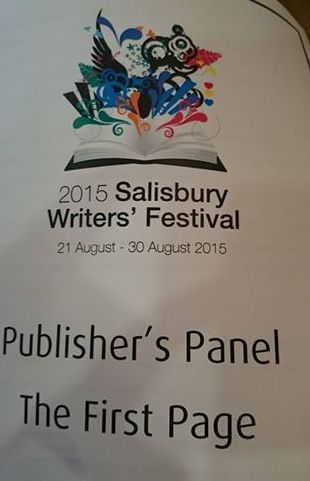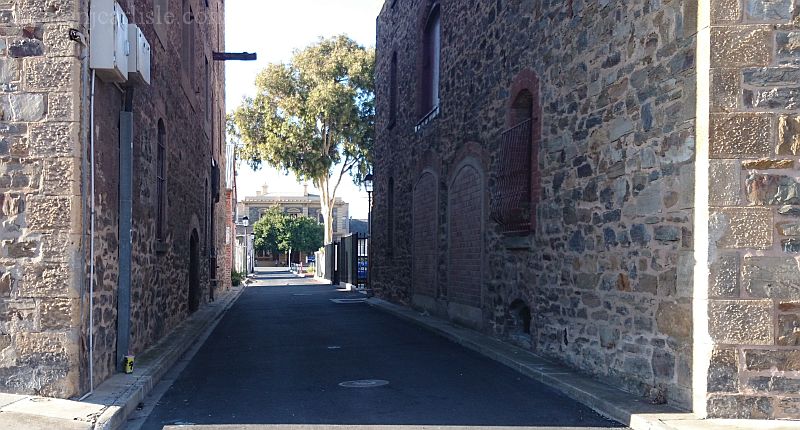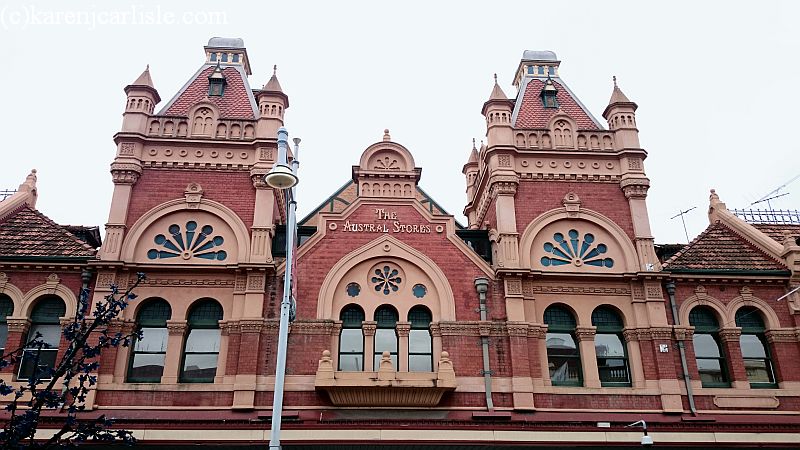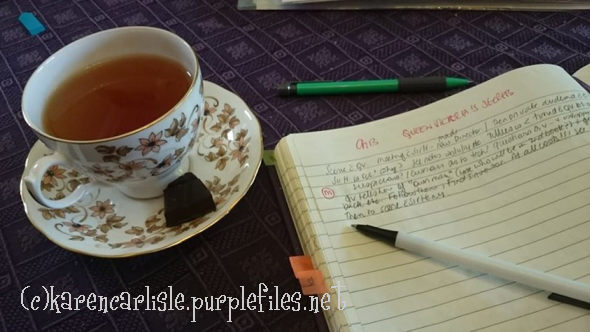Earnest Hemmingway had a theory. He called it the Iceberg Theory: Writing is like an iceberg: the reader only reads the tip of the story's background. Most of the work, maybe 90% of the iceberg, is hidden. This ballast consists of story research, character history, plot background and is the writer's (and characters') secret world. It supports the tip. Without this hidden support the Titanic can't sink, the story has no depth and the characters are lifeless.
This week I set to rewriting a short story. A few things bothered me. In truth, they were niggling at my brain. I had only the tip of the iceberg. I needed to discover its hidden depths. I could not proceed until I had thoroughly researched the background - checking historical facts, finding pictures and information to help with descriptions and getting the lie of the story's land. (Literally. I have the maps to prove it!) Coincidentally, this proved useful for some plot points planned in the closing chapters of The Department of Curiosities.
I was also reminded of how proud I am to now live in Adelaide, South Australia. Though people make fun of us and consider us a hick, country town, South Australia has achieved many Australian, Commonwealth and World firsts.
For example:
Did you know South Australia was the only fully free-settled colony in Australia? British Parliament passed an Act in 1834 to allow free colonisation and forbade convict transport to the new colony and included a guarantee of the rights of indigenous 'Natives' and their descendants to lands (now that I did not know. This was an amazing thing for the time.) South Australia's first parliament was elected in 1857. Women who own property were allowed to vote in (local) elections in 1861. Women were allowed to vote for, and sit, for parliament in 1894.
Did you know South Australia was the only fully free-settled colony in Australia? British Parliament passed an Act in 1834 to allow free colonisation and forbade convict transport to the new colony and included a guarantee of the rights of indigenous 'Natives' and their descendants to lands (now that I did not know. This was an amazing thing for the time.) South Australia's first parliament was elected in 1857. Women who own property were allowed to vote in (local) elections in 1861. Women were allowed to vote for, and sit, for parliament in 1894.
South Australia's first purpose built council chambers was in Tea Tree Gully in 1855 - close to where my current short story is set.
South Australian's police force is the oldest organised Police Service in Australasia, and is the third oldest organised Police Service in the world - established in 1838. The SA police Service originally consisted of ten foot constables and ten mounted constables. Unlike other police services (which employed soldiers or convicts, they enlisted only volunteers. By 1840, the police force also boasted two Inspectors, three Sergeants and forty-seven constables (foot and mounted).
The police force served as the State Fire and Rescue Service, from 1848 until the South Australian Metropolitan Fire Service was formed in 1867. They also supplied the Civil Ambulance Service from 1880 until the St John Ambulance Service took over in 1954.
South Australia's police boasted many firsts:
- they pioneered use of fingerprints in Australia 1893
- were the first to appoint female police officers in the British Commonwealth in 1915
- and many more past my era of research.
What started this thread of research? I needed to know the sound and smell of firearms used in 1882. For this I needed to confirm the type of firearms used by the constabulary in 1882, in Adelaide. By the way they were:
- 1845 - percussion firearms: often the 1842 English Tower pattern. Each man was required to have five rounds of ball cartridges. The mounted constables had a carbine, and sometimes a holster pistol.
- 1860s - the police were issued with a Snider conversion in carbine and pistol lengths.
- 1881 - foot constables were supplied new Martini-Henry rifles, issued with a long bayonet.
- 1882 - constables were issued revolver-carbines: a New Model No. 3 Smith and Wesson revolver and supplied with a detachable shoulder stock (for use as pistol or carbine). They used 'black-powder, centre-fire, metallic revolver cartridge. Each had a bullet mold and reloading tools and were expected to reload their own weapons.
Chemical analysis of black powder gunshot residue showed gases produced are carbon dioxide, carbon monoxide, nitrogen, hydrogen sulfide, hydrogen and traces of methane.(1)
Thanks to some very informative websites (I am now searching out the referenced books), I now have these facts frozen in my brain, I am having fun adding the tip of my short-story-iceberg, plus a few ideas for improving The Department of Curiosities.
Watch out below!
Some useful References:
- Smythe Wallis, James. Chemical Anaysis of Firearms, Ammunition, and Gunshot Residue. CRC Press; 1 edition (June 4, 2008) ISBN: 978-142006966
- Women and the Right to Vote: http://australianpolitics.com/voting/electoral-system/women-and-the-right-to-vote
- South Australia Police Historical Society: http://www.sapolicehistory.org/arms.html
- South Australia Police Historical Society: http://www.sapolicehistory.org/photo4.html
- https://en.wikipedia.org/wiki/South_Australia_Police
- Pre 1900 Revolvers: http://milpas.cc/rifles/ZFiles/Manufacturers/S&W/Smith%20&%20Wesson%20Handguns/Black%20Powder%20Revolvers.html
- Smith and Wesson No. 3



























